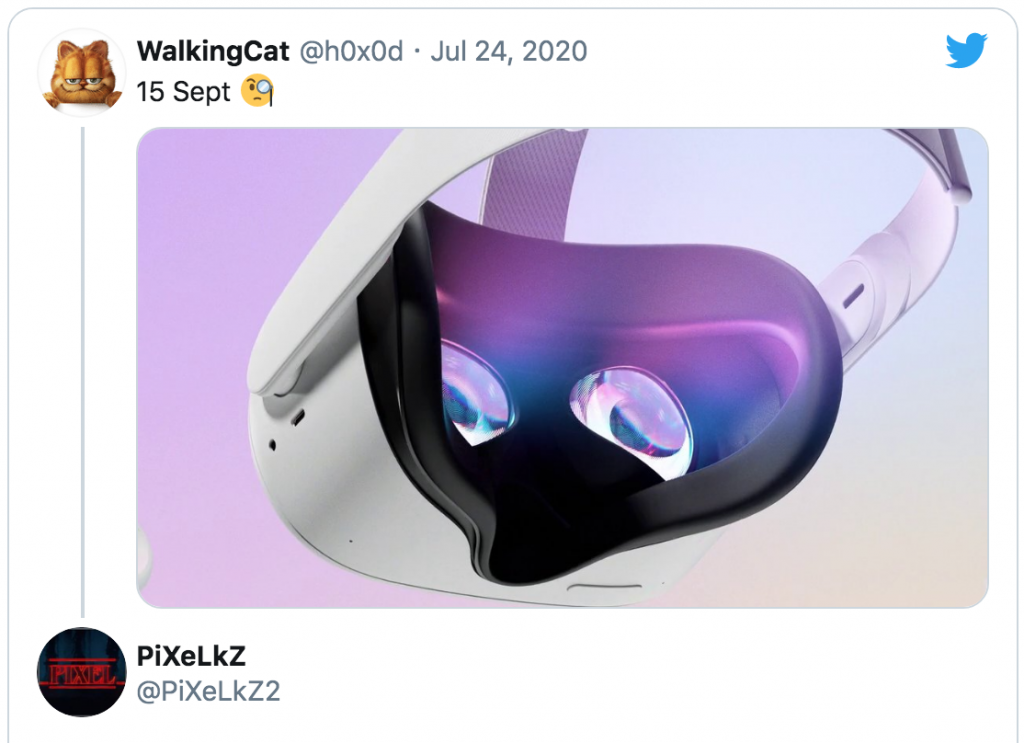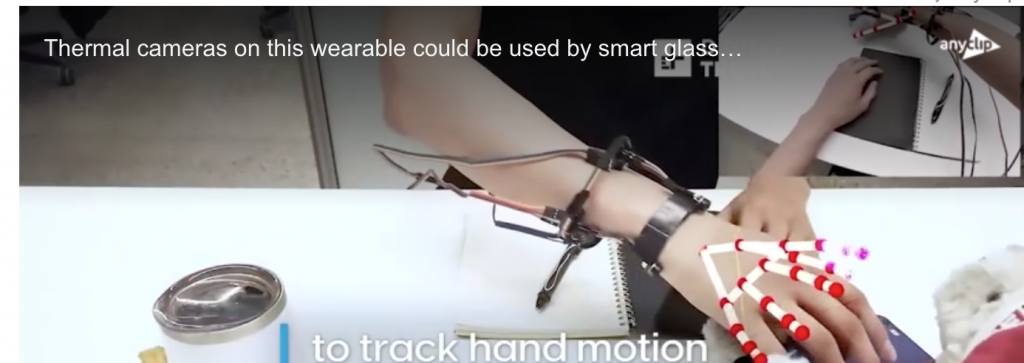
Leaked Peek of Oculus Quest 2.
Oculus Quest 2 to Come with Lighter Headset, Others May Be Controller-Free
The virtual reality and augmented reality worlds have seen a lot of growth since the pandemic swept through the world. And for good reason. So much of the globe has been on lockdown and in need of entertainment that it has provided more than just time for fun and games: it gave inventors time to revamp the equipment. Techradar.com this week Dave Neild showcased a lighter VR headset that may be bout to hit shelves.
The Oculus Quest 2 could be with us as soon as September 15 if a new rumor is to be believed – and the same leak has given us more of a look at the design of the upcoming virtual reality headset.
Having posted an official-looking render on Twitter a few days ago, well-known tipster @h0x0d aka WalkingCat has returned with several more images and a potential launch date of September 15.
Considering earlier reports had suggested the big reveal might have been put back to 2021, it’s exciting that the Oculus Quest 2 will be arriving and going on sale this year after all. Maybe.
Other possibilities making the rumor mills:
- GTA V could arrive in virtual reality
- Facebook dark mode is rolling out
- The Quest 2 could be in production.
Compared with the original Oculus Quest launched in May 2019, this one looks a lot more aesthetically pleasing, with white and pink replacing the rather dour black of the first model. It’s reportedly going to be lighter as well.
FingerTrak May Eliminate Controllers
Another big VR/AR development has to do with getting rid of VR controllers, or at least the possibility of that. It involves combining the tracking of the user’s wrist to train algorithms for gaming. on the medical research side of VR/AR. Wrist-mounted cameras could augment the inside-out tracking cameras found in VR headsets such as Oculus Quest, which monitor hand and finger positions from the user’s head. Jeremy Horwitz writes for venturebeat.com about the new approach coming out of Cornell University.
As virtual and augmented reality steadily advance in both visual fidelity and headset comfort, a group of researchers announced FingerTrak, a wristband-based solution that uses thermal cameras to track hand movements in 3D, abstracting 20 finger joint positions from contours on the wearer’s wrist.
FingerTrak was developed by Cornell University’s SciFi Lab with assistance from the University of Wisconsin, Madison researchers.
“FingerTrak uses a deep neural network to stitch together input from three or four miniature thermal cameras mounted around the wrist, collectively capturing an entire hand pose. Using silhouettes generated by the cameras, backbone and regression networks estimate fingertip and joint positions, and though the results aren’t perfect, they could be used for some forms of VR and AR input. Other potential applications for FingerTrak include human-robot interaction and control, sign language translation, and mobile health, including early detection of degenerative diseases such as Parkinson’s and Alzheimer’s.”

So not only is the gaming population excited about FingerTrak, but the medical industry is equally interested in uses for these types of applications.
Read more at techradar.com







Leave A Comment